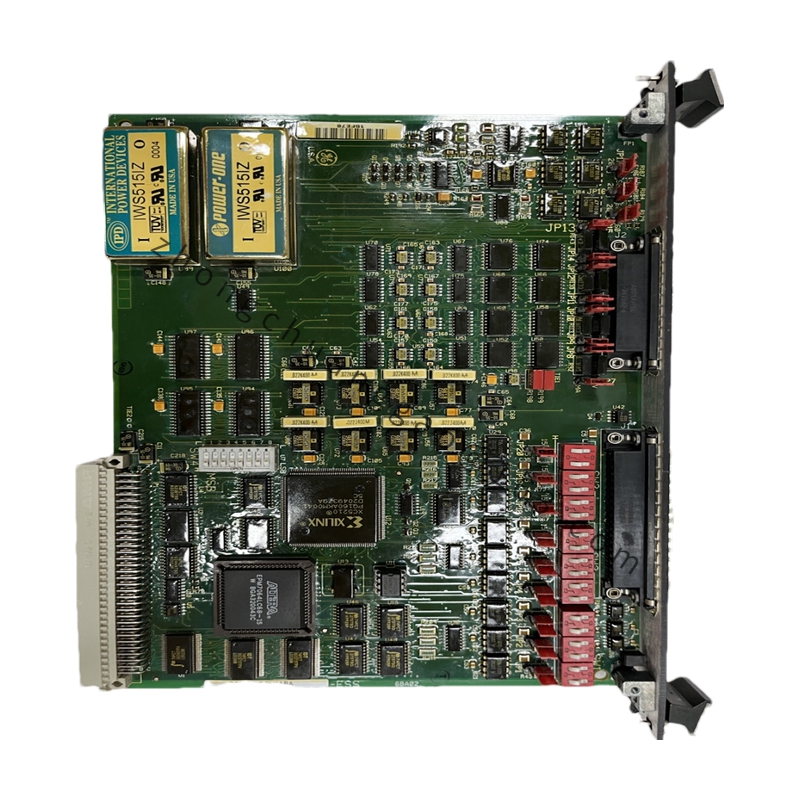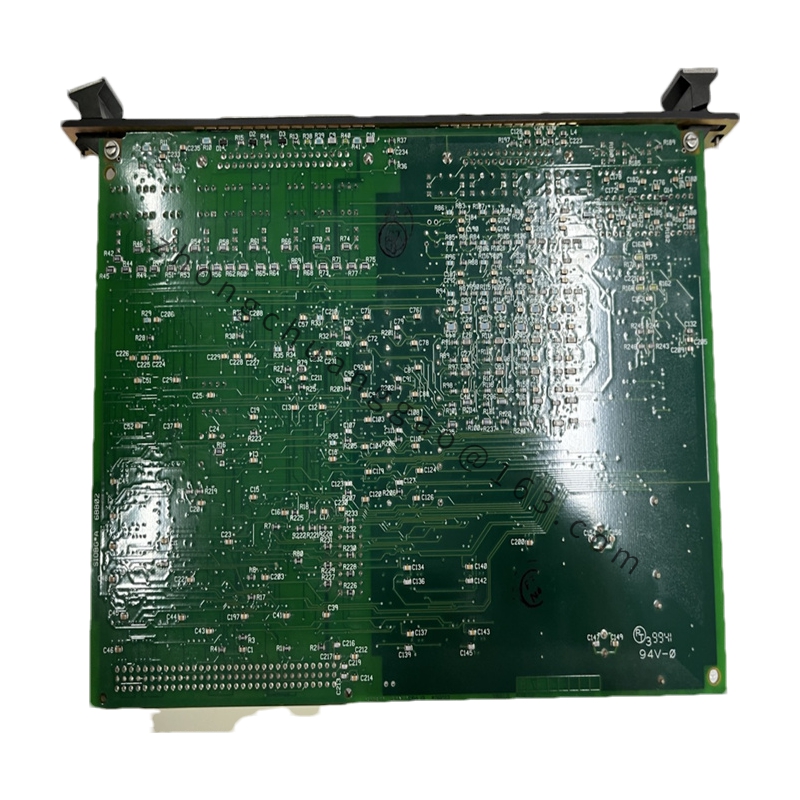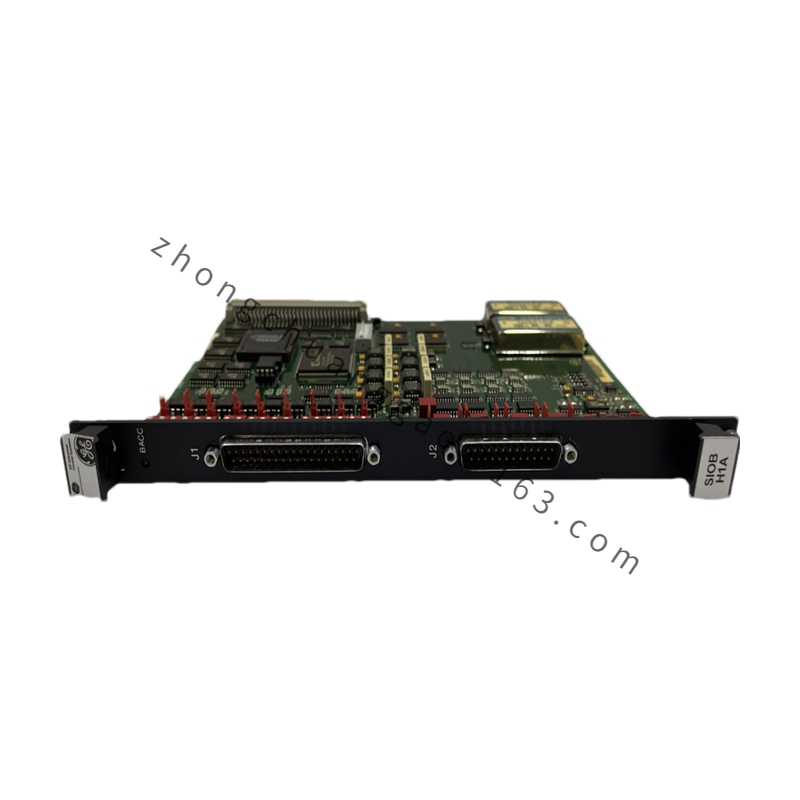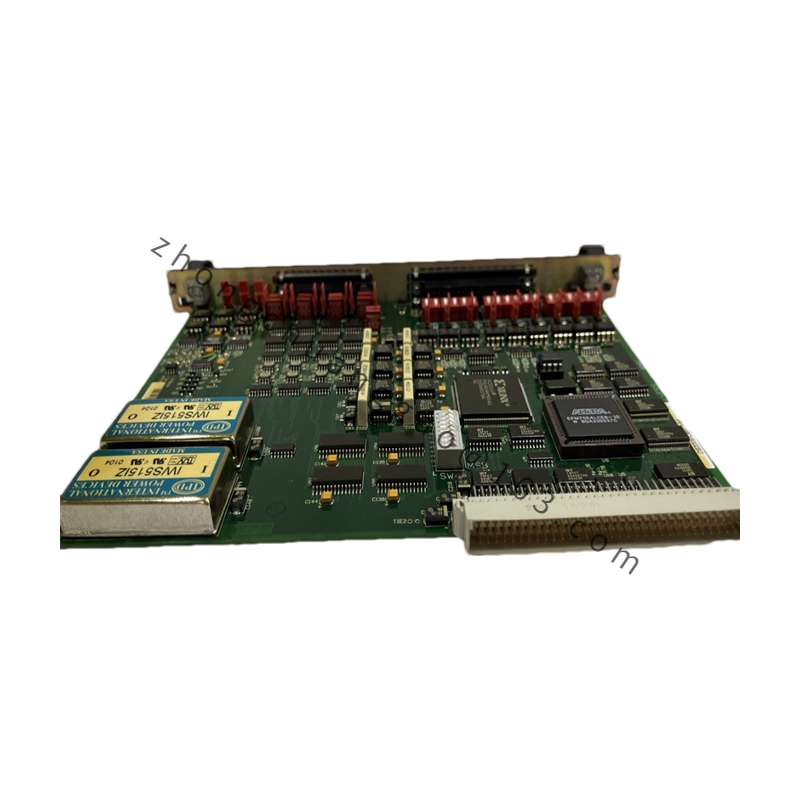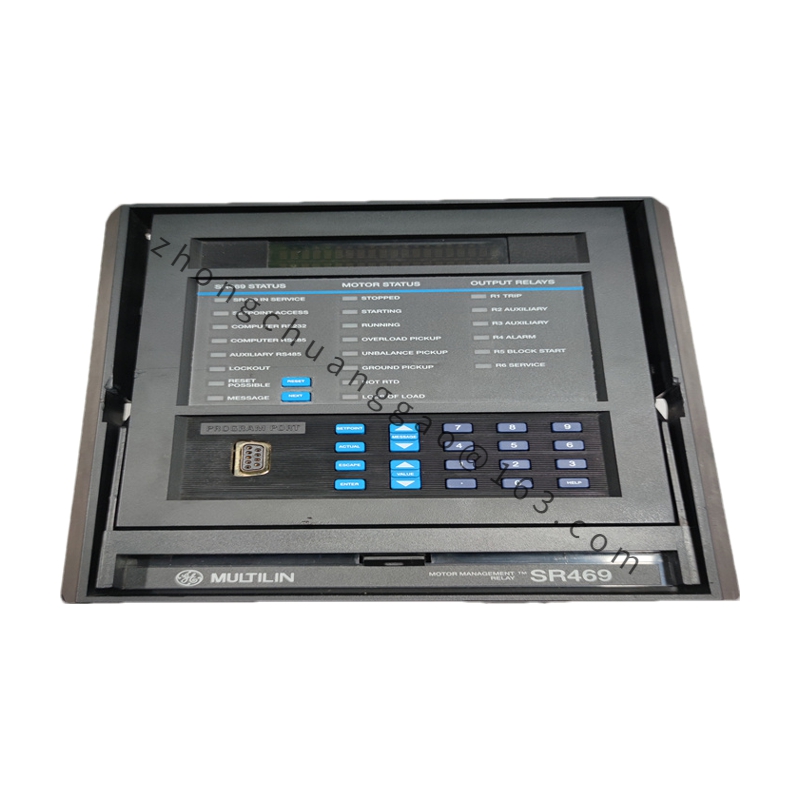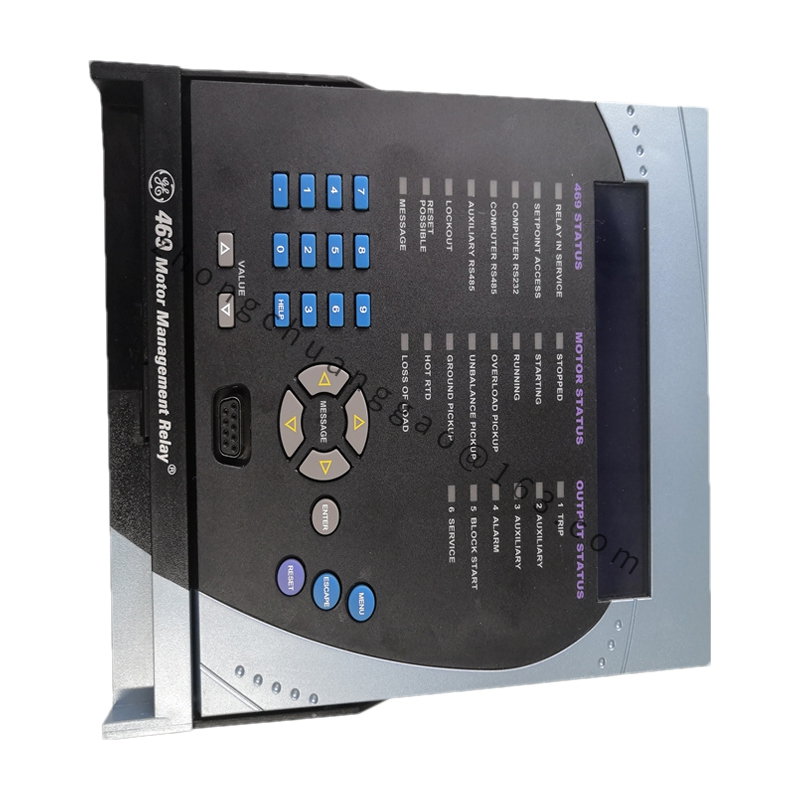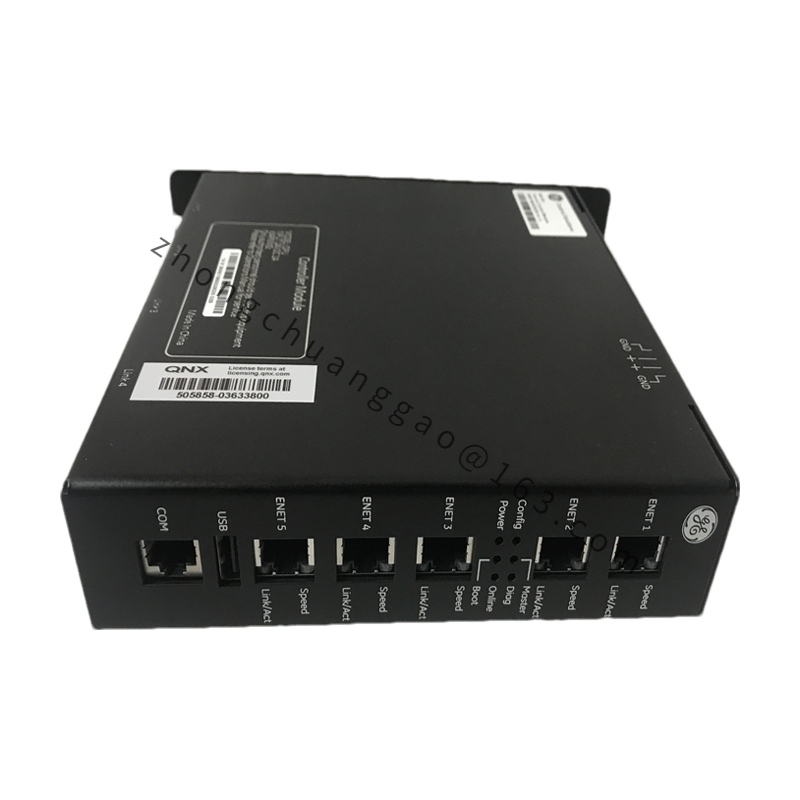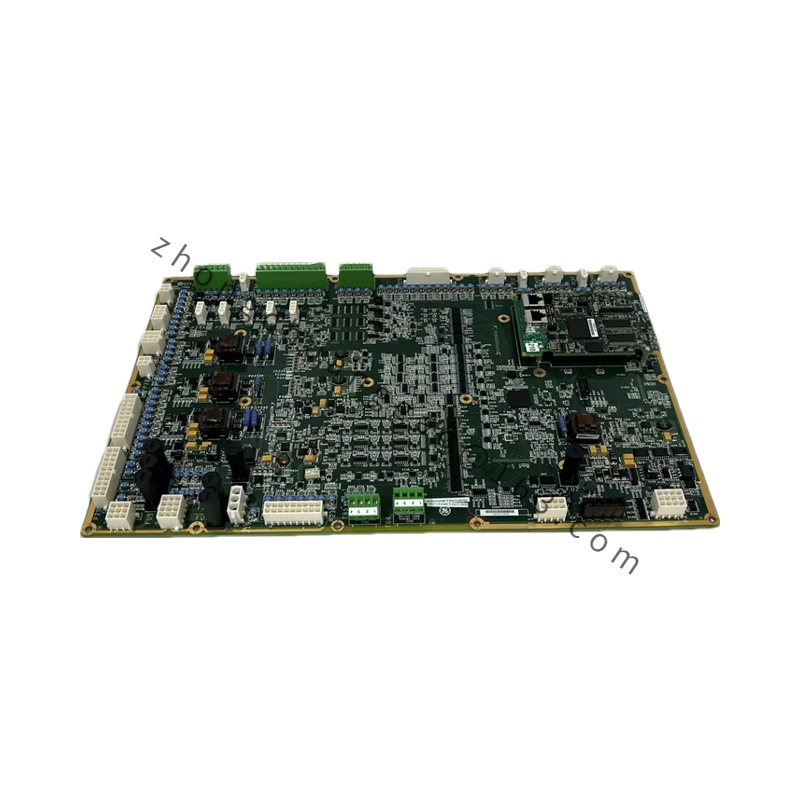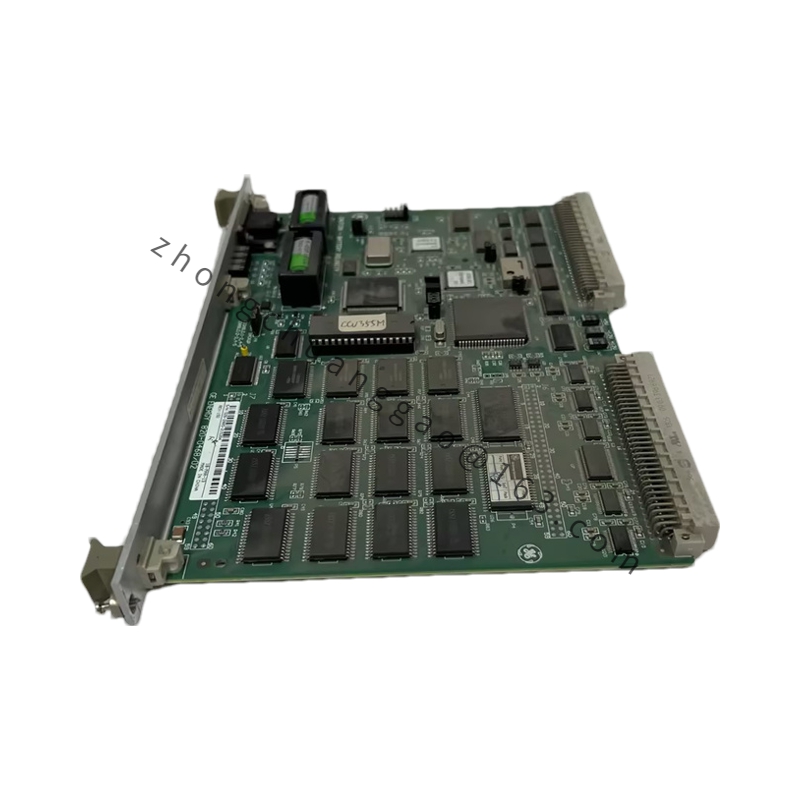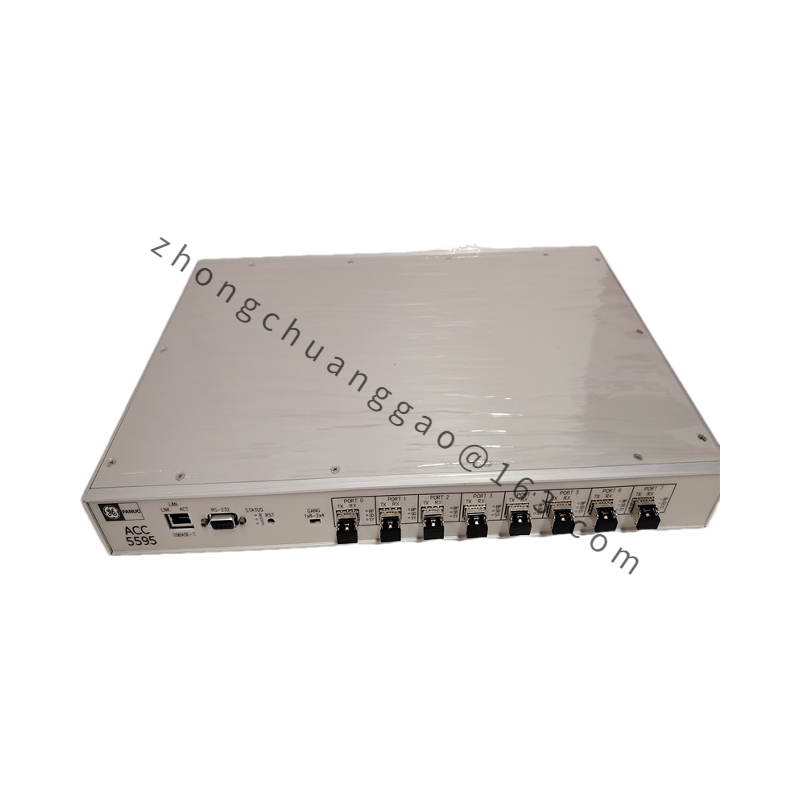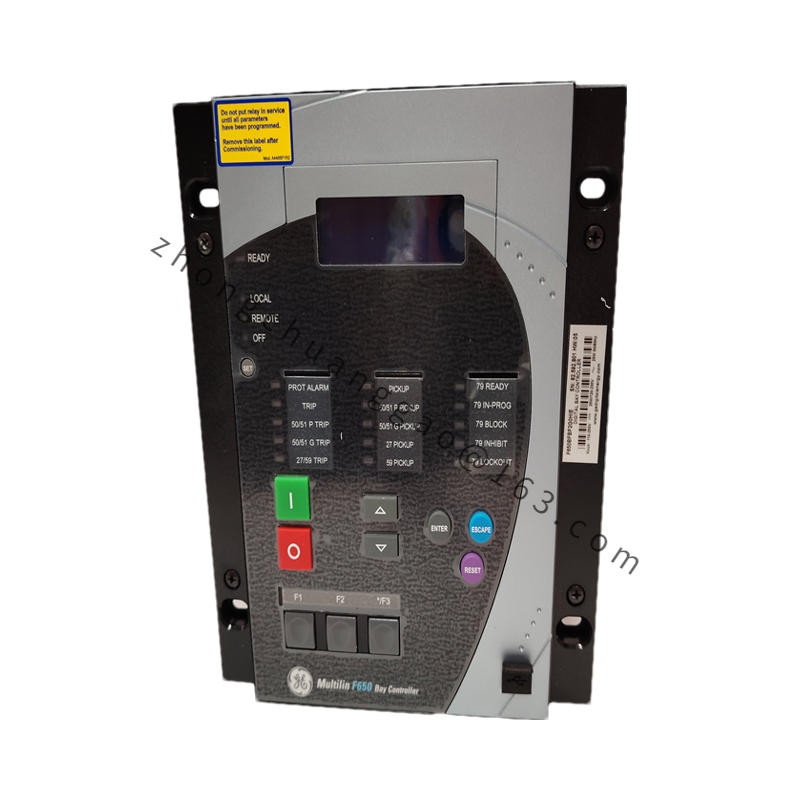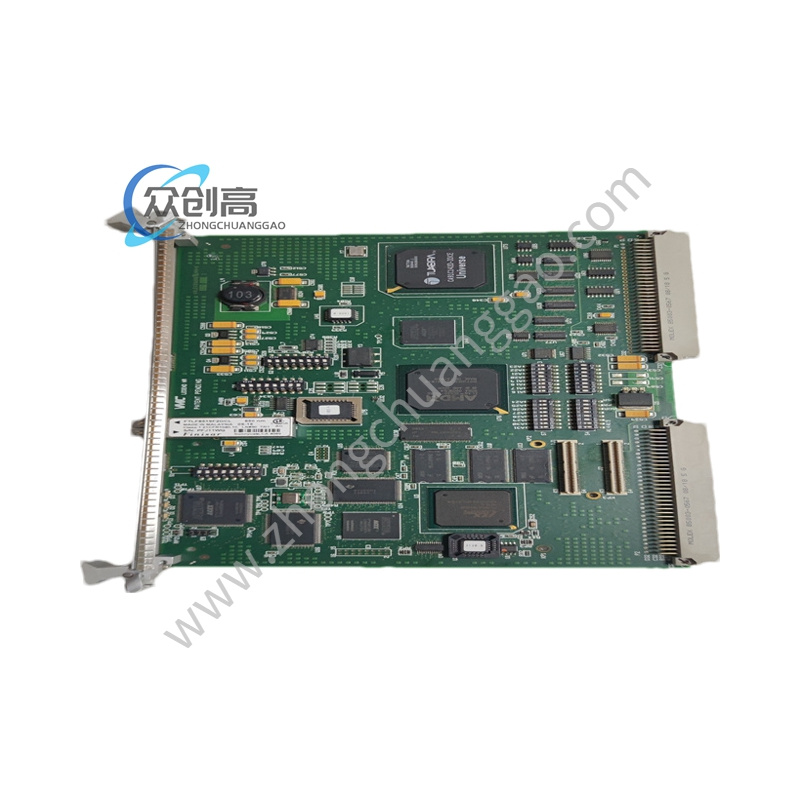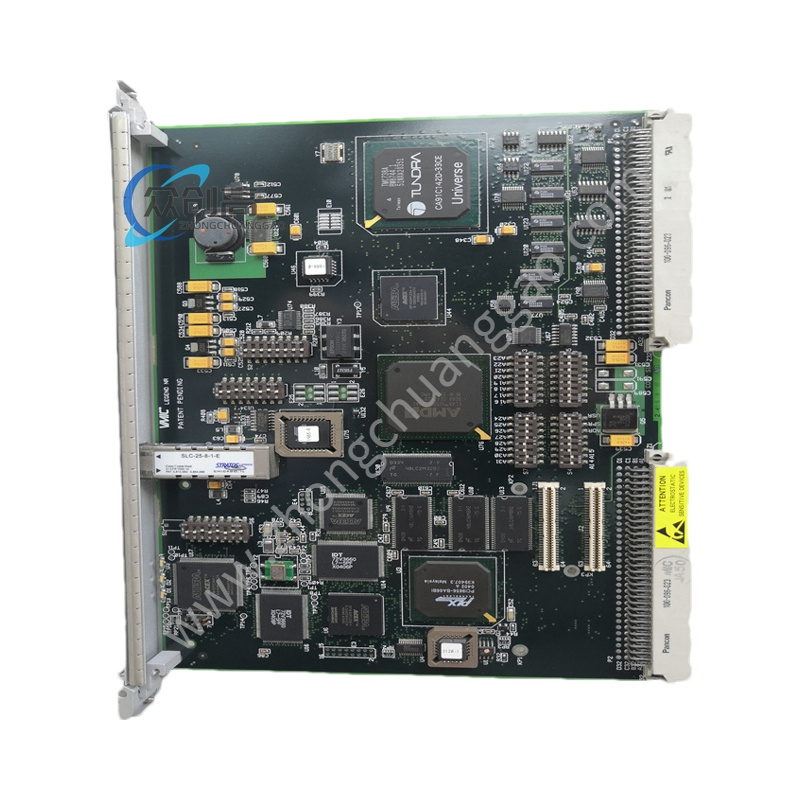Detailed content
I/O Interfaces Supported:
Digital Input
Digital Output
Analog Input
Communication Interfaces: Supports multiple communication protocols and standards for seamless integration with other devices and systems.
Dimensions (Approximate): 30*20*22 mm (or specified as 5SHX2645L0004mm in some sources)
Current Rating: 5A
Voltage Rating: 220V
Resistance: 5Ω
Functional Characteristics
High Reliability: Manufactured with high-quality materials and undergoing rigorous quality control and testing, ensuring stable operation in harsh industrial environments.
Multiple I/O Interface Support: Provides flexibility to choose from various I/O interfaces, such as digital input, digital output, and analog input, catering to diverse application needs.
Easy Configuration and Maintenance: Offers a user-friendly interface and tools for convenient configuration and debugging. Includes self-diagnostic functionality for rapid fault detection and localization, facilitating maintenance and repairs.
Scalability: Seamlessly connects and integrates with other GE devices, enabling users to expand their systems as needed.
Multiple Communication Interfaces: Supports multiple communication protocols and standards, allowing for seamless communication with other devices and systems.
Application Scenarios
Industrial Automation: Widely used in various industrial automation systems that require precise control and data acquisition.
Process Control: Suitable for process control applications, where real-time monitoring and control of process variables are crucial.
Energy: Applied in energy-related systems for efficient monitoring and control of power generation, transmission, and distribution processes.
Manufacturing: Utilized in manufacturing industries for automated production lines, robotic systems, and other manufacturing processes.
Chemicals: Deployed in chemical processing plants for monitoring and controlling chemical reactions, mixing processes, and other critical operations.
Logistics: Assists in logistics automation, such as warehouse management, material handling, and shipping operations.

